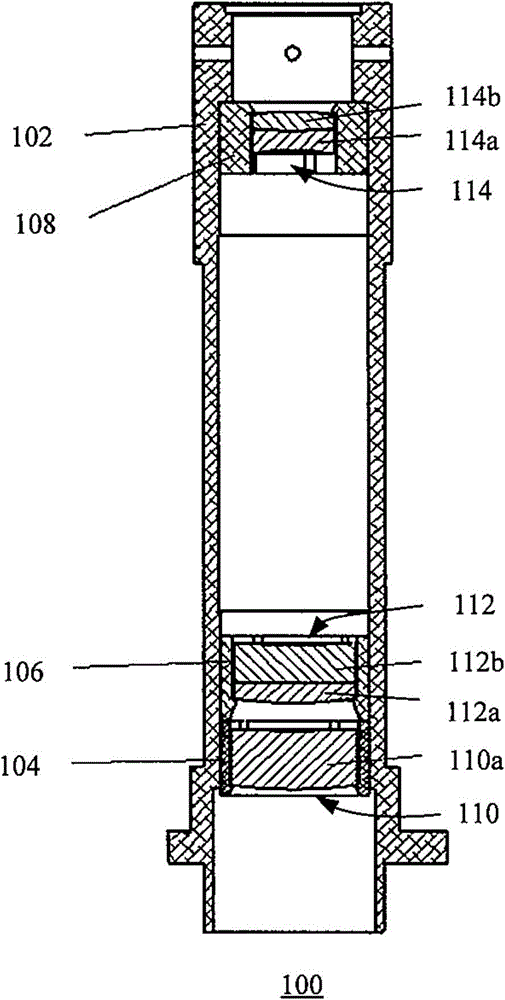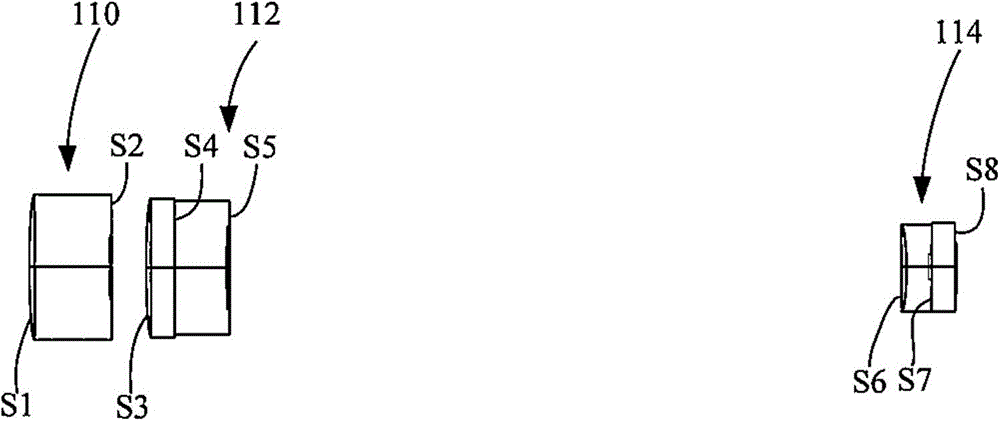Tubular lens of image recognition system and image recognition system employing tubular lens
An image recognition and tube mirror technology, which is applied in the field of image recognition systems, can solve the problems of serious edge vignetting, elongated imaging distance, and reduced imaging quality, and achieves the effect of wide imaging distance range.
- Summary
- Abstract
- Description
- Claims
- Application Information
AI Technical Summary
Problems solved by technology
Method used
Image
Examples
Embodiment Construction
[0038] In the following detailed description of the embodiments, reference is made to the accompanying drawings that form a part hereof. The drawings show, by way of example, specific embodiments in which the invention may be practiced. The illustrated embodiments are not intended to be exhaustive of all embodiments according to the invention. It is to be understood that other embodiments may be utilized and structural or logical changes may be made without departing from the scope of the present invention. With respect to the drawings, directional terms, such as "below," "upper," "left," "right," etc., are used with reference to the orientation of the drawings being described. Since components of embodiments of the invention can be implemented in a variety of orientations, these directional terms are used for purposes of description, not limitation. Accordingly, the following detailed description is not intended to be limiting, and the scope of the invention is defined by t...
PUM
 Login to View More
Login to View More Abstract
Description
Claims
Application Information
 Login to View More
Login to View More - R&D
- Intellectual Property
- Life Sciences
- Materials
- Tech Scout
- Unparalleled Data Quality
- Higher Quality Content
- 60% Fewer Hallucinations
Browse by: Latest US Patents, China's latest patents, Technical Efficacy Thesaurus, Application Domain, Technology Topic, Popular Technical Reports.
© 2025 PatSnap. All rights reserved.Legal|Privacy policy|Modern Slavery Act Transparency Statement|Sitemap|About US| Contact US: help@patsnap.com



